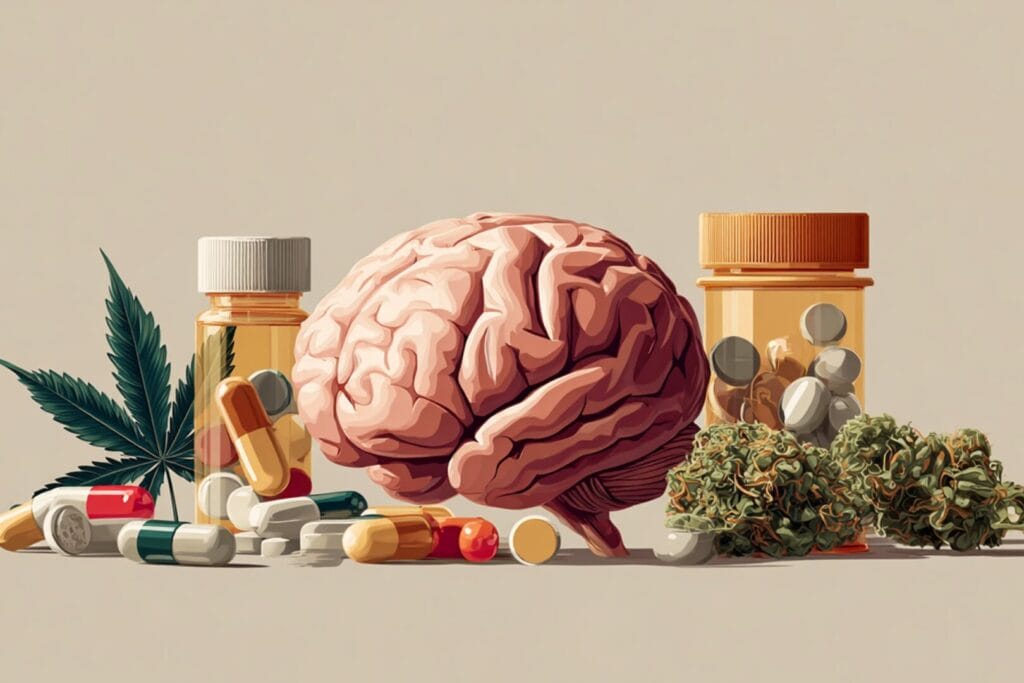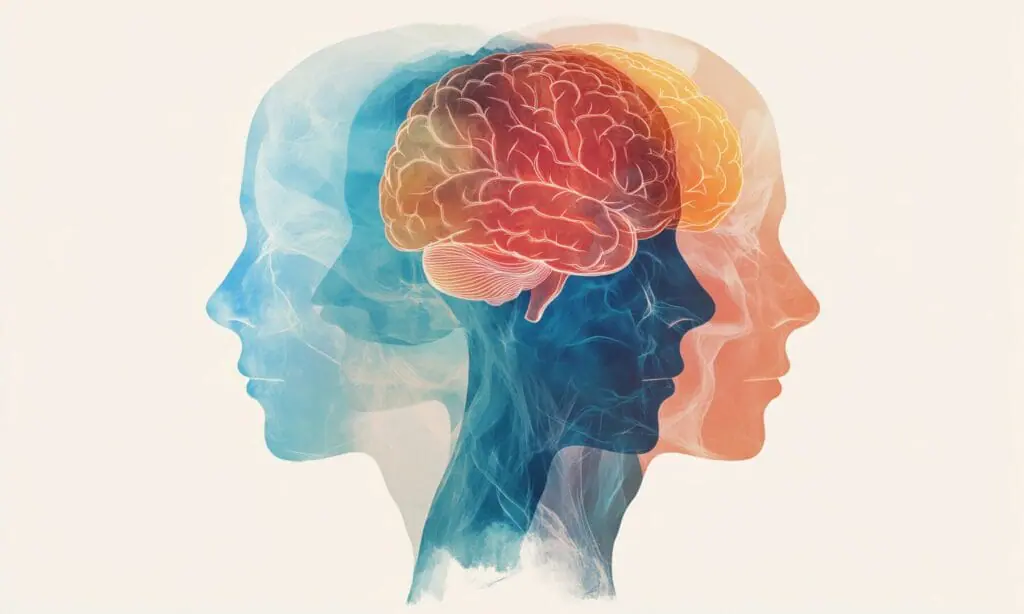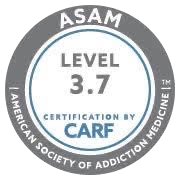What is Sober Living?
Millions of Americans of all ages and demographics experience the daily challenges of living with a substance use disorder. The 2019 National Survey on Drug Use and Health reported that more than 60% of people in the United States who are aged twelve and older use and abuse at least one substance.1
Although the first step to achieving sobriety from drugs or alcohol is completing a detox and addiction treatment program, this is not the end of your journey. A key component in staying sober after rehab is a sober living program.
Sober Living Homes
Sober living homes or sober living houses are substance-free environments where someone who is recently sober can continue their progress towards maintaining recovery. Sober living programs are often part of a carefully planned aftercare program. They serve as a transitional step between an active treatment plan and returning home or to another living arrangement outside of a supported setting.
Skills Learned in Sober Living
Completing an addiction treatment program is a critical step towards safely and effectively getting and staying sober. During a rehabilitation program, therapy can help you learn more about your addiction and how stress, physical conditions, and other mental health conditions can lead to substance use and abuse.
It will also help you develop and practice coping mechanisms that you can use when faced with these triggers in the future. As crucial as rehab is to overcoming addiction, it is only the first step toward recovery. Sober living programs offer a safe and supported place to continue working on your sobriety.2
Examples of Learned Skills and Behaviors
Sober living homes in Southern California can provide ongoing learning opportunities to build on the skills and tools you may have developed during rehab.
Examples of skills learned in a sober living community include: 3
- Living with others in a community environment
- Budgeting and financial management
- Time management
- Accountability
- Behavioral control
- Life purpose
What are the Best Tips for Remaining Sober After an Opioid Detox?
The journey to recovery from addiction is unique to the specific person taking it. Everyone who goes to rehab has different needs, and the level of ongoing care and support each person requires for staying sober after rehab also varies.
Although individual needs may change, below are a few tips for staying sober that may help you along the way:
- Have a discharge plan in place before the end of your treatment program and work on your plan
- Utilize your sponsor, especially if you are concerned about relapse
- Attend peer support meetings
- Surround yourself with sober friends and family
- Get involved with sober groups and sober activities
Benefits of Sober Living
The benefits of sober living programs extend far beyond providing a safe and supported transitional step between treatment and independent living. While each person will derive different support from a program, there are several benefits to sober living programs that can improve all participants’ ability to continue living sober with a substance abuse history.
For example, sober living homes provide: 5
- Guidance and support
- Streamline transition to normal life
- Safe and sober environment
- Sober relationships
- Relapse risk mitigation
Phases of Sober Living
Returning back to your pre-treatment living arrangements and obligations immediately after completing treatment can quickly trigger a relapse. For many people in recovery from a drug or alcohol use disorder, the community and surroundings from before treatment can be challenging to navigate if family and friends do not share the same desire to live a sober lifestyle.
Sober living homes offer a period of sobriety support to help you remain on track during the early and often most challenging days of your sobriety. Although some sober living programs may further divide their phases into smaller segments, most programs have three primary phases: restrictive, reintroduction, and self-sufficiency.4
Restrictive Phase
The restrictive phase is the first phase of sober living. It allows someone new to sobriety to slowly adjust to what it means (and feels like) to live a sober lifestyle. The restrictive phase provides the highest level of structure, organization, and sobriety support. This high level of predictability can help someone just entering a sober living home feel calm and reduce the chances that high-stress levels may lead to relapse.
Reintroduction Phase
During the reintroduction phase, some of the restrictions and rules start to ease. This allows you to experience more of life outside the sober living community independently. This phase is also designed to test your comfort with relapse prevention skills learned during rehab while providing extra support you may need if exposed to challenging triggers.
Self-Sufficiency Phase
The last phase of sober living is the self-sufficiency phase. This phase begins when one’s commitment to remaining sober and using their coping tools has been proven through slow integration back into their daily routines. Once most people reach this phase of sober living, they are ready to transition to independent living arrangements.
How Long Can a Person Live in Sober Living?
Typically, no set rule exists for how long a person can live in a sober living arrangement, provided they remain committed to remaining sober. The ideal length of time spent in a sober living home will vary from person to person. Recovery is a unique and personal journey.
One study indicates the average length of time someone lives in a sober living home ranges from 166 to 254 days or between approximately five and nine months.
Purpose of Sober Living
The primary purpose of sober living programs is to help you on your journey to staying sober. A significant component of achieving this goal is to assist with ongoing relapse prevention education and skill building. Unfortunately, relapse rates among people in recovery from a drug or alcohol use disorder are as high as 60%. 6
Time spent in a sober living community can help you refine relapse prevention skills, learn healthy and safe coping tools and increase your motivation to stay sober.
Find Out More About Sober Living at San Diego Detox
If you or a loved one are struggling with addiction, don’t wait another day to seek help. Healing and moving forward to a life free from addiction’s physical and emotional harms is within reach at San Diego Detox.
Our highly-trained and compassionate treatment teams at our southern California detox and addiction treatment programs are here to help you heal and develop the tools you need to remain sober. We also understand the value of comprehensive aftercare planning.
Opportunities for Sustainable Wellness and Sobriety
As your primary treatment program comes to an end, your treatment team will work with you to As your primary treatment program comes to an end, your treatment team will work with you to design an aftercare plan that ensures your access to ongoing therapy, peer support groups, medical and mental healthcare needs, and sober living arrangements. Design an aftercare plan that ensures your access to ongoing therapy, peer support groups, medical and mental healthcare needs, and sober living arrangements.
San Diego Detox is here to support you through all stages of your journey to achieving recovery. To learn more about our luxury San Diego treatment program, contact our admissions team at San Diego Detox today.






